8 start with E start with E

Early Byzantine Pilgrimage Art explores the portable artifacts of eastern Mediterranean pilgrimage from the fifth to the seventh century, presenting them in the context of contemporary pilgrims’ texts and the archaeology of sacred sites. The book shows how the iconography and devotional piety of Byzantine pilgrimage art changed, and it surveys the material and social culture of pilgrimage. What did these early religious travelers take home with them and what did they leave behind? Where were these “sacred souvenirs” manufactured and what was their purpose? How did the images imprinted upon many of them help realize that purpose?
The first edition of this pathbreaking book, published in 1982, established late antique pilgrimage and its artifacts as an important topic of study. In this revised, enlarged version, Gary Vikan significantly expands the narrative by situating the miraculous world of the early Byzantine pilgrim within the context of late antique magic and pre-Christian healing shrines, and by considering the trajectory of pilgrimage after the Arab conquest of the seventh century.

The twenty papers included in this volume were presented at an international symposium held in Baltimore and Washington in May, 1986. Planned to coincide with the exhibition of the two largest treasures of Early Byzantine church silver to survive from antiquity, the Kaper Koraon Treasure (found in Syria) and the Sion Treasure (found in Turkey), the symposium sought to place these and other church treasures in their broader contexts examining them from the point of view of economy, history, society, and manufacture.
While a number of the papers focus on specific aspects of these two treasures—including six articles devoted to the Sion Treasure—others examine more general questions regarding silver mining, the manufacture of silver vessels, the state control of silver in Byzantium and the Sasanian Empire, the economic and cultural role of silver objects, and the financial power of the institutional church through its vast holdings of silver plate. The precedent offered by pagan cult treasures is also examined.
To ensure a broad interdisciplinary approach, the eighteen authors are authorities in the fields of government administration, economic history, cultural history, art history, archaeology, epigraphy, science and conservation.

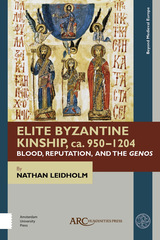
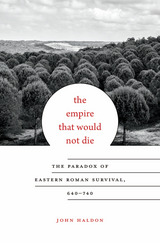
The eastern Roman Empire was the largest state in western Eurasia in the sixth century. Only a century later, it was a fraction of its former size. Surrounded by enemies, ravaged by warfare and disease, the empire seemed destined to collapse. Yet it did not die. In this holistic analysis, John Haldon elucidates the factors that allowed the eastern Roman Empire to survive against all odds into the eighth century.
By 700 CE the empire had lost three-quarters of its territory to the Islamic caliphate. But the rugged geography of its remaining territories in Anatolia and the Aegean was strategically advantageous, preventing enemies from permanently occupying imperial towns and cities while leaving them vulnerable to Roman counterattacks. The more the empire shrank, the more it became centered around the capital of Constantinople, whose ability to withstand siege after siege proved decisive. Changes in climate also played a role, permitting shifts in agricultural production that benefitted the imperial economy.
At the same time, the crisis confronting the empire forced the imperial court, the provincial ruling classes, and the church closer together. State and church together embodied a sacralized empire that held the emperor, not the patriarch, as Christendom’s symbolic head. Despite its territorial losses, the empire suffered no serious political rupture. What remained became the heartland of a medieval Christian Roman state, with a powerful political theology that predicted the emperor would eventually prevail against God’s enemies and establish Orthodox Christianity’s world dominion.
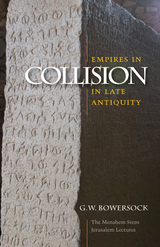
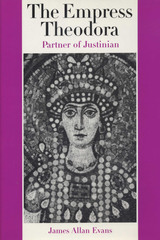
Even by modern standards, the Empress Theodora (?-548) had a remarkable rise to power. Born into the lowest class of Byzantine society, she worked as an actress in burlesque theater. Yet she attracted the love of the future emperor Justinian, who, to the astonishment of proper society, made her not only his wife but also his partner in government. Justinian's respect for and trust in Theodora gave her power in her own right unmatched by almost any other Roman or Byzantine empress.
In this book, James Allan Evans provides a scholarly, yet highly accessible account of the life and times of the Empress Theodora. He follows her from her childhood as a Hippodrome bearkeeper's daughter to her imperial roles as Justinian's most trusted counselor and as an effective and powerful advocate for the downtrodden. In particular, he focuses on the ways in which Theodora worked to improve the lives of women. He also explores the pivotal role Theodora played in the great religious controversy of her time, involving a breach between sects in the Christian church.
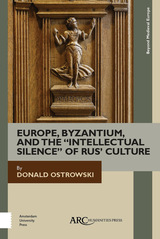
READERS
Browse our collection.
PUBLISHERS
See BiblioVault's publisher services.
STUDENT SERVICES
Files for college accessibility offices.
UChicago Accessibility Resources
home | accessibility | search | about | contact us
BiblioVault ® 2001 - 2024
The University of Chicago Press









